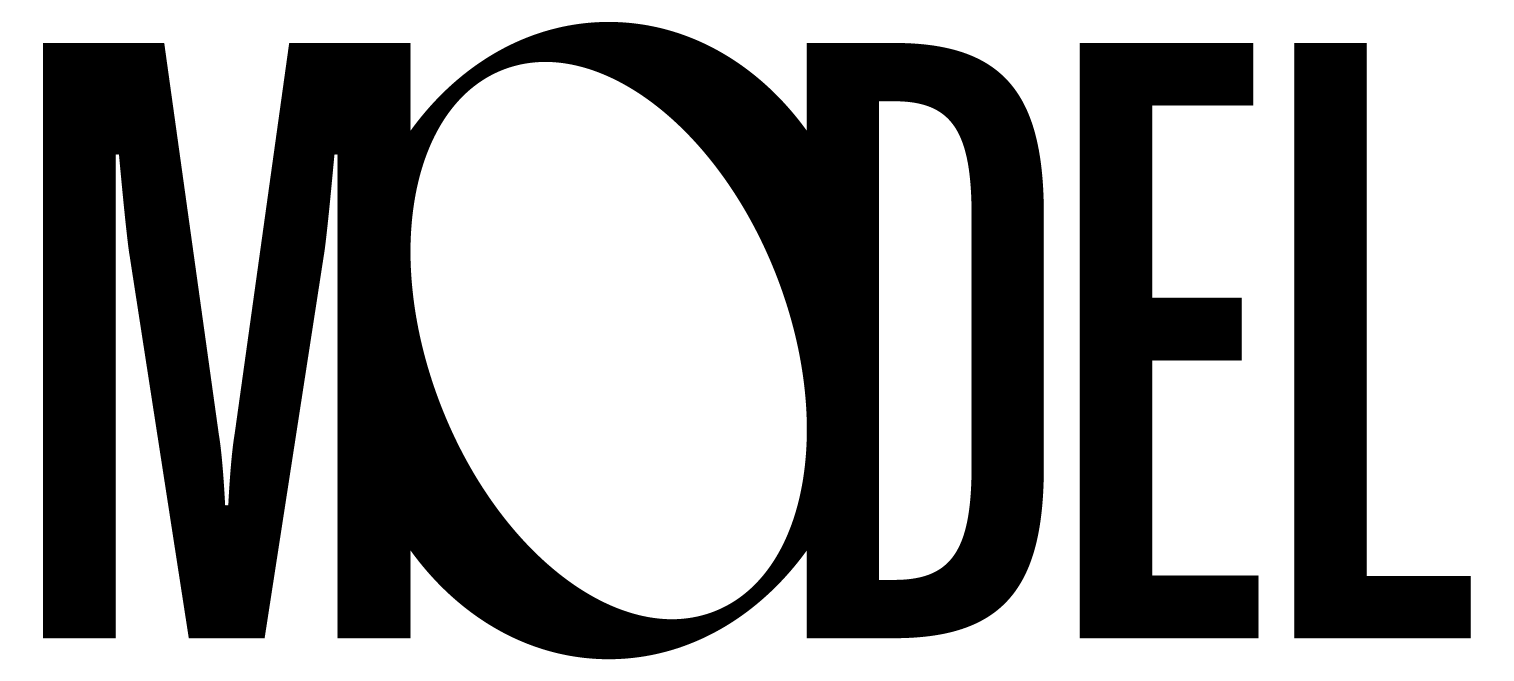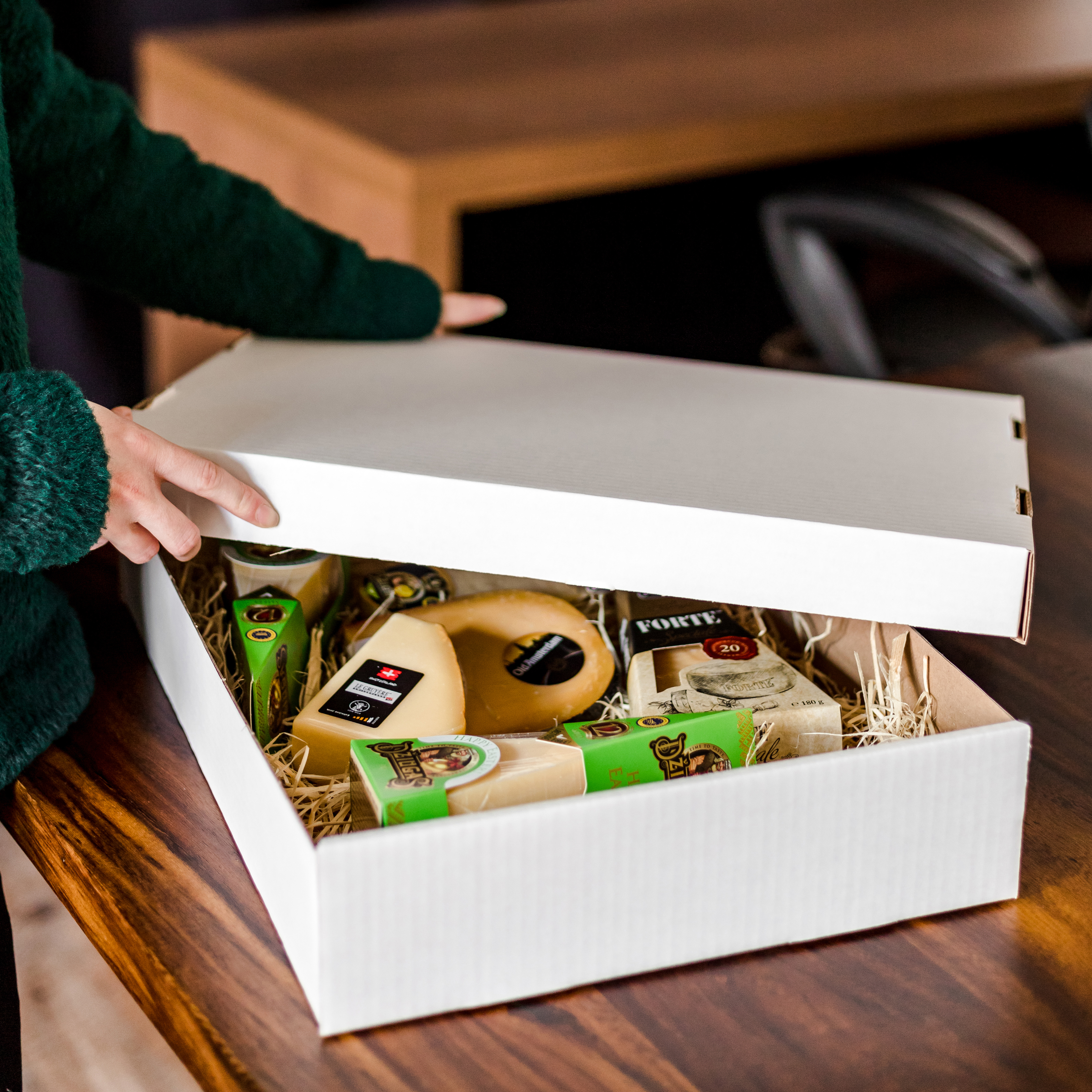Food Packaging
Sending frozen meat in summer at 32 degrees? This is not a problem with the optimal packaging for food. We have put our refrigerated packaging through its paces with fine heat sensors: they maintain the desired temperature for up to 36 hours. Even in hot summers. You can find out how to do this on this page.
However, reliable insulation is only one requirement for food packaging. Food packaging is regulated by law and must be well thought out: because it protects food and keeps it fresh, provides consumers with the right information and is at the same time practical and environmentally friendly.

